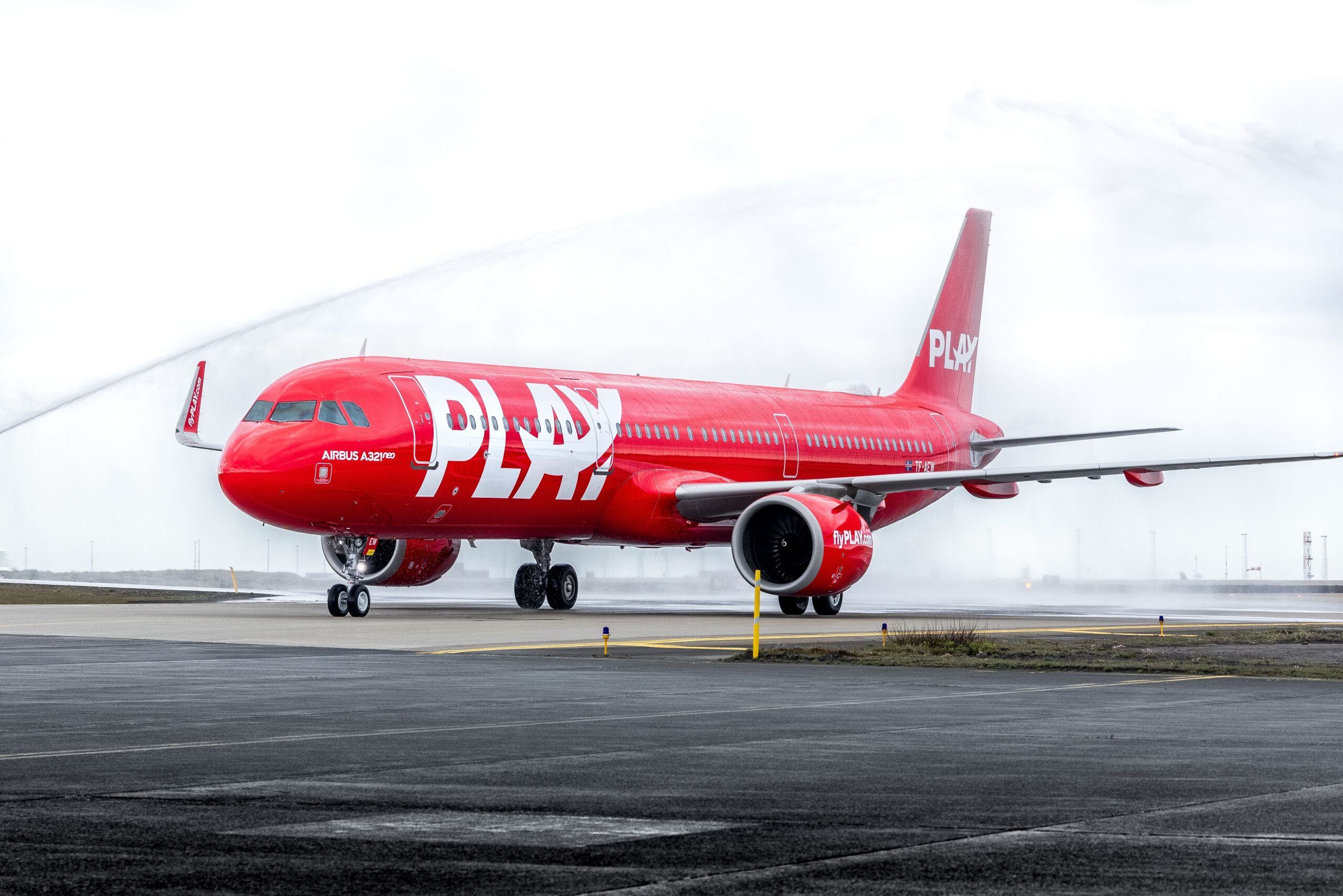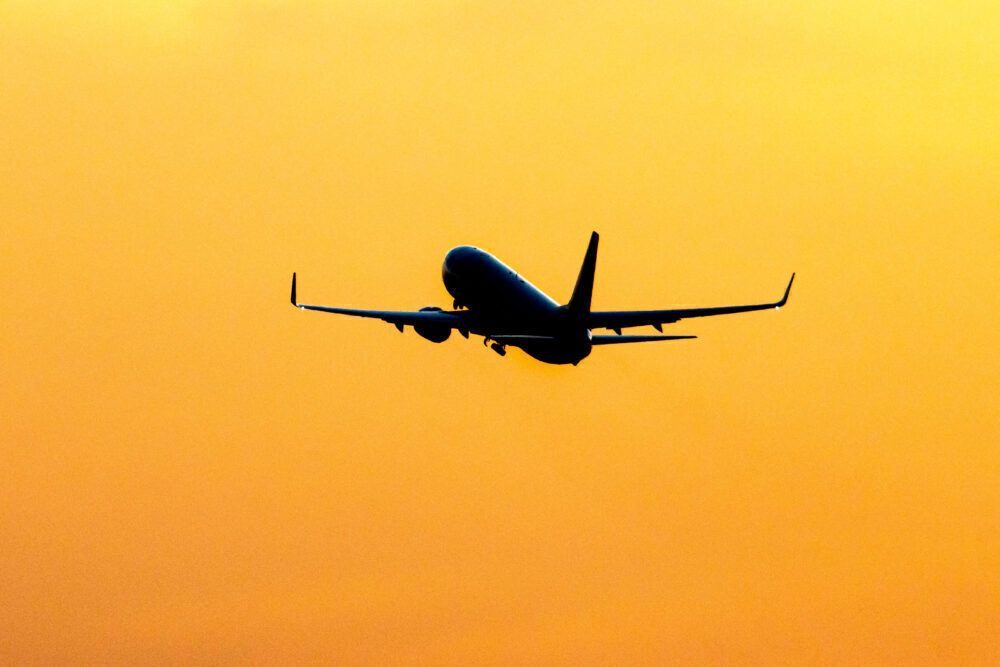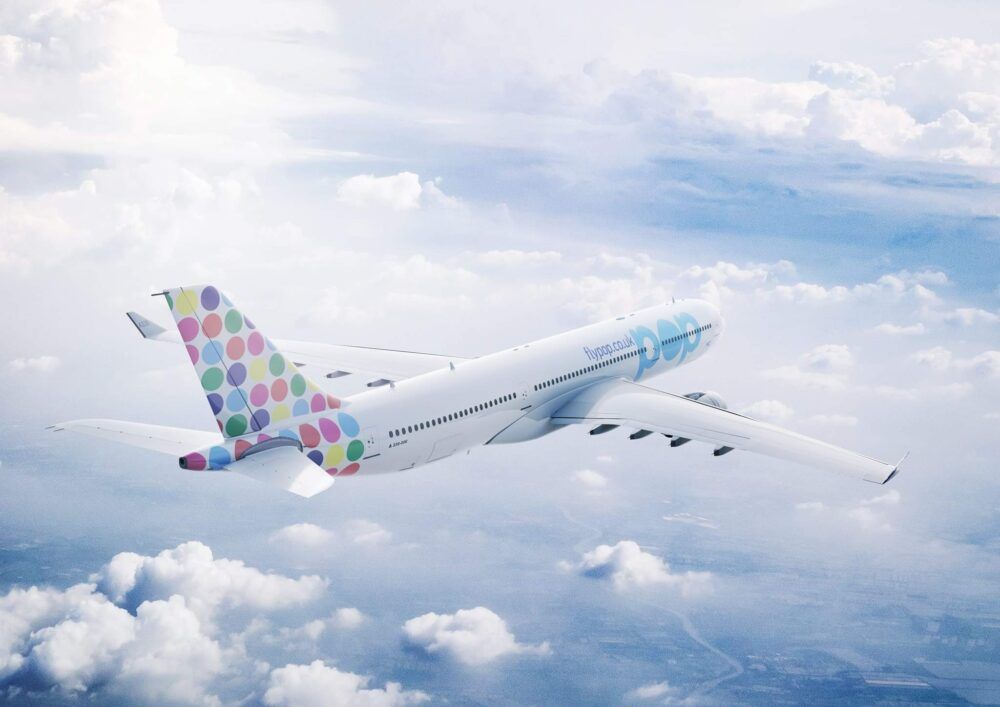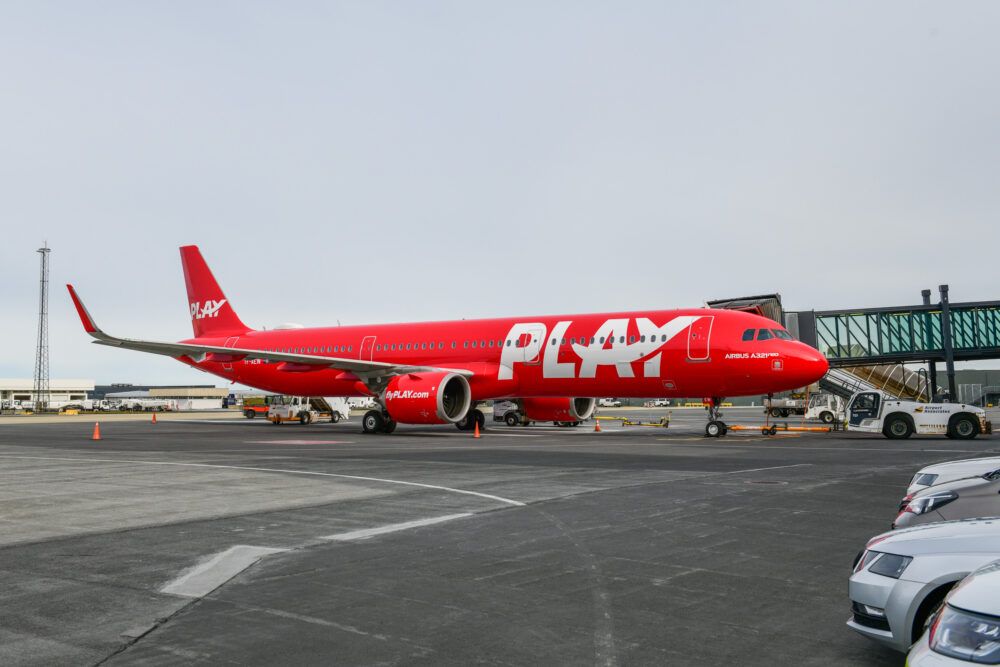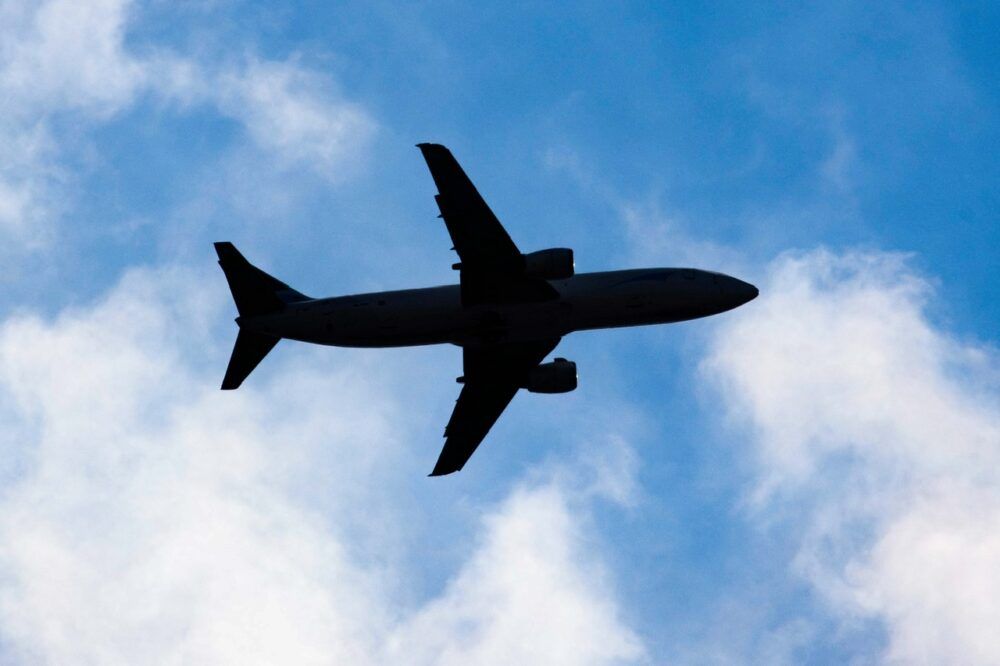The conditions of the pandemic have rocked aviation trends from top to bottom. While the situation has been devastating for certain airlines, other carriers have benefited. One of the patterns that have emerged that have been advantageous for some operators is the rise of Power by the Hour (PBH) agreements. In particular, these deals are helping new low-cost carriers launch more efficiently in the new era.
Six decades in the making
The term Power by the Hour in industry terms traces its routes back to the 1960s when Rolls-Royce began leasing engines by the hour to carriers. Today, the phrase more often refers to users only paying for their products when they are in action.
The demand for aircraft has fluctuated heavily over the last year, with thousands of planes grounded, returned, canceled, and retired. Thus, with this changing environment, lessors and airlines have been looking to agree on terms that are more suited to the new world. Altogether, with it being hard to navigate passenger activity, airlines need to find a way to hold aircraft amid low/no returns on ticket sales.
IBA Aero notes that a PBH lease can offer a viable short-term solution for both the lessor and airline. Lessors can avoid the cost of storage and repossession of unused aircraft, while carriers just have to cover day-to-day maintenance, insurance, and storage fees. Importantly, airlines avoid the rent of the actual aircraft, turning this factor from a fixed to variable cost.
Notably, emerging airlines have managed to confirm the price of the exact aircraft they want at an attractive rate. If they wait until demand grows again to sign an agreement, they may have to pay a much higher rate. This aspect gives the operator the freedom to take its time when planning its launch.
All about timing
The business can experiment with different fields before concluding on what’s right for them. Speaking exclusively to Simple Flying at our recent webinar, flypop CEO Nino Singh Judge emphasized how PBH has been integral to his airline as it prepares for its launch.
“The number one factor is being able to lock in four aircraft - Power by the Hour - and be fully ready to go passenger when the market is there. Until then, we plan to do freight because the freight market is in huge demand. So, the aircraft will be used. We will start doing freight and will be completely ready to go passenger,” Judge told Simple Flying.
“Really, it's our choice to do what we want. We have the luxury to wait because we locked all these deals in at the bottom of the market and not at the top of the market. And that is the critical factor in a startup during a pandemic. You have cheap capital, cheap planes, cheap crew. It's the perfect time to start an airline.”
Stay informed: Sign up for our daily and weekly aviation news digests.
flypop is getting ready to start flights to India’s second cities from the United Kingdom with its Airbus A330 aircraft. The airline is keen to fill the widebody with members of the prominent Indian diaspora in the UK and transport them to airports across India.
However, with India’s travel restrictions still in place after well over a year and the country presently on the UK’s red travel list, the carrier has had to postpone its debut. Thus, PBH has helped it control costs while conditions remain volatile.
Controlling costs
The benefits of PBH trickle across the operations of the airlines. Ultimately, the passengers will experience the impact as these carriers will be extra precise with their schedules while being able to offer low fares due to the costs saved.
Like flypop, London Stansted features heavily in the operations of the Icelandic outfit. During the same webinar, PLAY CEO Birgir Jonsson shared details of this process.
The airline's A321neos will be deployed well across Europe before expansion across the East Coast of the United States. Undoubtedly, it has had to tread carefully ahead of its recent launch to make sure the price is right.
“It's all about price. We have to offer the best price. And in order to be able to offer the best price, you have to have the lowest cost. And we are very sure that we have an extremely competitive cost base. And we have a lot of flexibility to, especially now, at the beginning of our operation, to basically control the way we put our supply into the market based on Power by the Hour negotiations or terms,” Jonsson added.
“So, we can basically come into this market and focus on the best times of the week, best departure days. And that, together, with a lower cost base, we are confident that that will work.”
A temporary solution
Nonetheless, PBH agreements aren’t usually long-term. However, they do help carriers get off the ground, especially during transitioning market periods such as now.
Despite being well over half a century old, this approach has seen an influential return across aviation. Altogether, it’s during times like these when going back to basics is what’s best for business.
What are your thoughts about this Power by the Hour approach that certain airlines across the globe are adhering to? Do you feel that it will be crucial in helping low-cost carriers in the new climate? Let us know what you think of these new airlines and their prospects in the comment section.

